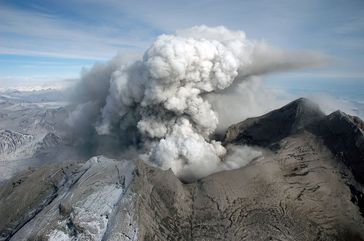 Volcanoes usually have a life of many thousands of years. Once a volcano has begun to erupt, it usually takes about ten years before that particular eruption comes to an end. Sometimes the eruption lasts for hundreds of years. The magma (molten rock) which is erupted from a volcano comes from deep inside the earth — usually from about 150 kilometers deep. The pressure there is enormous. The pressure forces the magma to rise through the crust of solid rocks, creating a volcanic eruption. Volcanoes release ash at the beginning of an eruption because the amount of gas is very high and it drives the explosions. After that time, the lava may come out but it usually has very little energy, so it is not very dangerous. The first volcanic eruption happened before the first human existed. The earth has had erupting volcanoes since just about the first years that it existed — about four and a half billion years ago. In fact, some of the best places for finding the fossils of ancient humans are in east Africa because they are buried in ashes of ancient volcanoes that erupted around them. On the Earth today there are around 560 active volcanoes. Each week 15 – 20 of these volcanoes will erupt. Each year two or three volcanoes erupt that were previously thought to be dead. When hot molten magma escapes from the Earth’s core becoming cooler, and forming hard rocks, we refer to this process as volcanism. Volcanism takes place both above the surface of Earth, as well as beneath its surface. When molten lava escapes the Earth and reaches the surface geologists say that it is extrusive volcanism. When molten magma cools and hardens beneath the surface of the Earth, we say that it is intrusive volcanism. In some cases, molten magma cools and hardens deep beneath the surface of the Earth, far below the crust. When this happens, scientists call it plutonic volcanism. When volcanic activity takes place above ground, so that hot molten magma is released onto the landscape, we say that the volcanic activity is extrusive, meaning it is on the exterior, or outside of the Earth. Magma that reaches the service is known as lava. Lava flows are extraordinarily hot, and destructive. In many cases, these lava flows are slow and continuous, as is the case with the volcano on the Hawaiian Island. Hot lava flows year after year down the volcano, creating new terrain, rarely exploding. In other cases, volcanoes can erupt with unbelievable force and power. These types of eruptions can send lava, rock, and hot ash, known as pyroclastic material shooting outward for hundreds of square miles, in some cases, even sending up a worldwide cloud of dust and ash. One example of such an eruption is the island of Krakatua. In 1883 this island volcano exploded in a colossal event that completely destroyed the island, leaving nothing but ocean behind. The noise from the explosion was heard as far as 1,500 miles away, and dust filled the sky worldwide, creating beautiful sunsets for months. One of the most famous hot spots on Earth are the Hawaiian Islands. The oldest islands found in the Hawaiian Island chain consist of mostly dead volcanoes. These volcanoes were active millions of years ago, but the moving crust of the ocean floor has carried them away the hot spot that feed the volcanoes. The newest island is the big island, which today has two active volcanoes. These volcanoes are feed by the same hot spot that used to feed the dead volcanoes on older islands. Millions of years from now, it is likely that additional islands will form over the same hot spot, as the Earth’s crust carries the big island away from the hot spot it know sits on. When volcanoes erupt, the immediate effect on plant life is destructive and deadly. As lava, heat, and ash cover the landscape, trees and other plants are burned, buried, and destroyed. Thus, it is easy to suppose that volcanoes and plants don’t mix. While it is true that the immediate effect of volcanoes on plant life is death, the long term effect is very positive. Magma from the Earth’s core contains a rich source of nutrients that plants need to survive. Each time a volcano erupts, it brings these nutrients with it. When volcanoes explode, spreading ash around a large area, this ash acts as a fertilizer, enriching the soil. It is no surprise that the soil near volcanoes is among the richest and most fertile on Earth.
0 Comments
Babu's Song is a story from Africa that shows the life of a little boy and his goal of going to school. Through determination and hard work Babu is able to accomplish this goal with help from a family member who is his hero. Below are extra resources to support your learning this week!
VocabularyRangoli is an ancient Indian tradition of creating art with sand and repeated patterns. We will create rangoli art using rice in the classroom to activate our minds before reading One Grain of Rice. Check out a video of real rangoli artists from India. Also, there is a video of children making rangoli.
VocabularyListen to the Story
While trying to survive harsh conditions, scarce food, and large animals who hunt humans, it is hard to believe that stone age people would have a desire to create art and music. This week we are reading a story that describes the origins of music in human history. It is interesting to explore how people of long ago make us who we are today. WebquestChoose one of the buttons below to explore art and music during the era of the stone age people. Take notes to share with the rest of the class. Listen to the story. Then download your worksheet and complete using Word. Once you are finished you may ask your teacher to print.
Games to Play
Are animals and humans all that different? Discover and discuss animal needs by listening to the story Splish Splash. The needs of animals may surprise you and I wonder how much different they are from human needs. Do animals have any wants or are they all needs. Listen to the story. (iPad access) Games to play on the computer Vocabulary Word Play Activity 1 Activity 2 The entire idea behind Pop Art does not relate so much to the art itself
as to the attitudes of the artists about the pieces. Pop Art was a very important art movement in the 20th century. Andy Warhol was one of the first artists who used everyday objects, cartoons, movie stars, advertisements and celebrities to crate his art. His colorful artwork and the elements he used are very attractive for children. Let's learn more about Andy Warhol. Click here to play a game. Each reading group will research the theme of the book you are reading as a group. First you must ask a question. Then you will need to research your question for answers. Next, you will take the information you gathered and put it on a graphic organizer. Last, you will write a report with 1 or 2 paragraphs that answer your question. Below are links for you to read and watch to research your question. |
Important WebsitesFirst Grade Code.org Categories
All
Archives
May 2019
|
||||||||||||||||||||||||

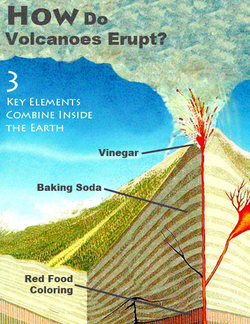
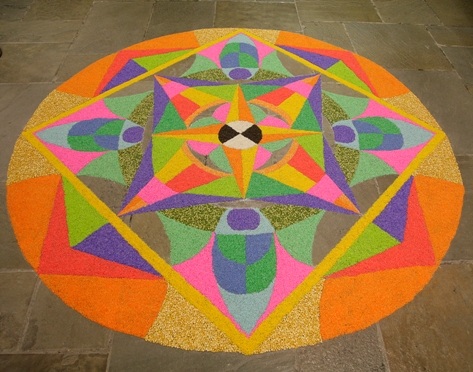
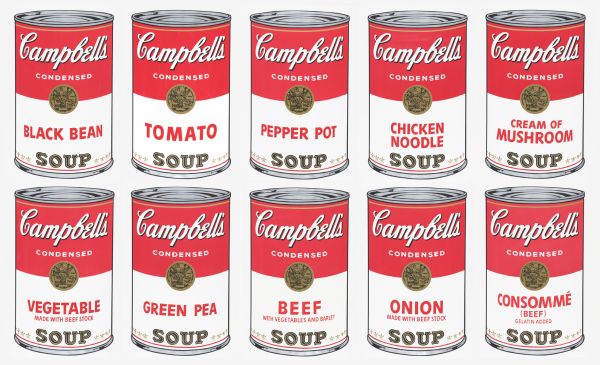
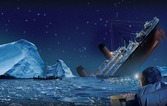
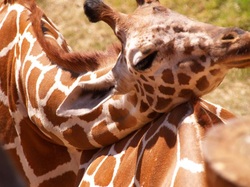
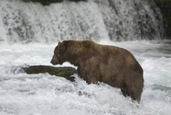
 RSS Feed
RSS Feed
